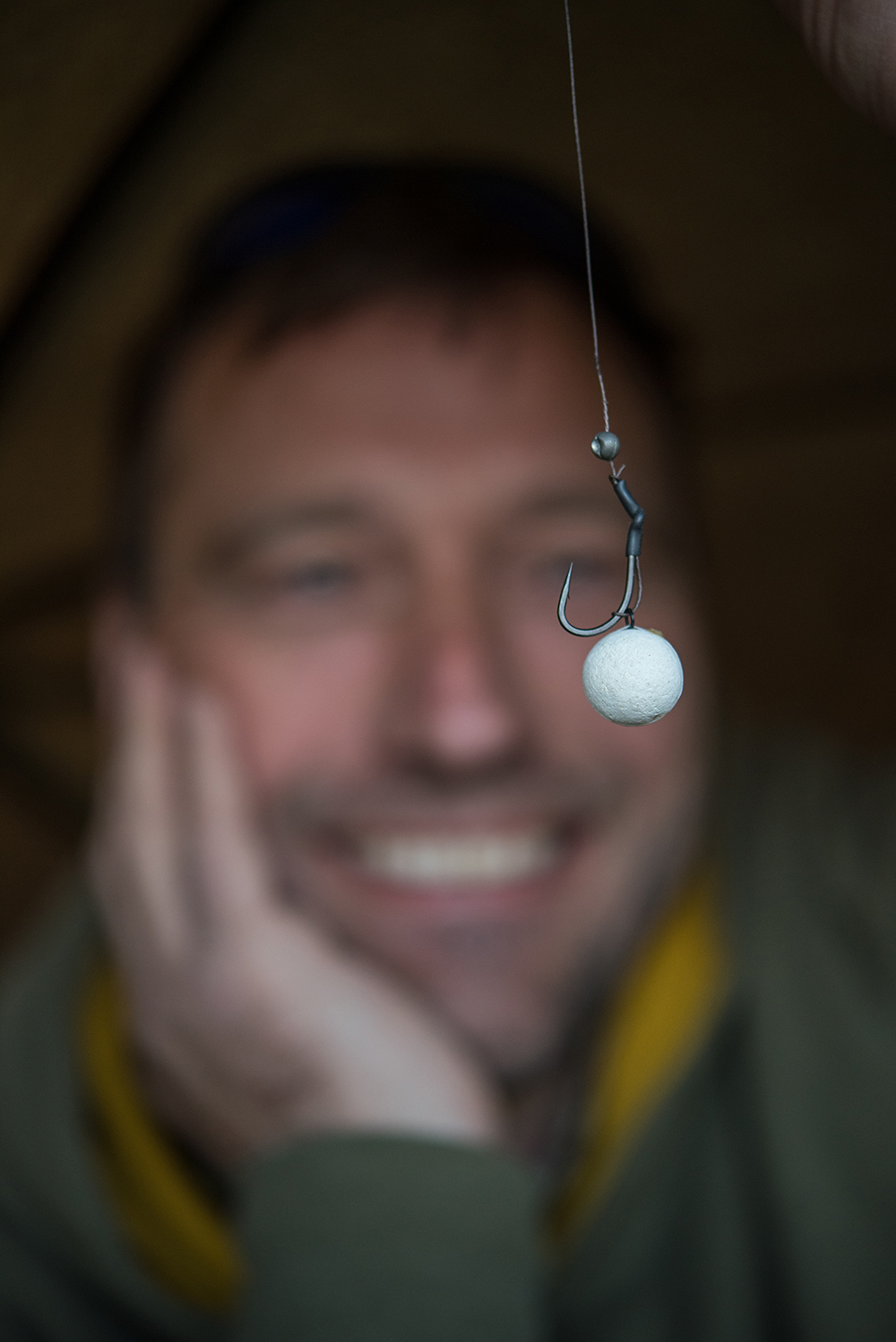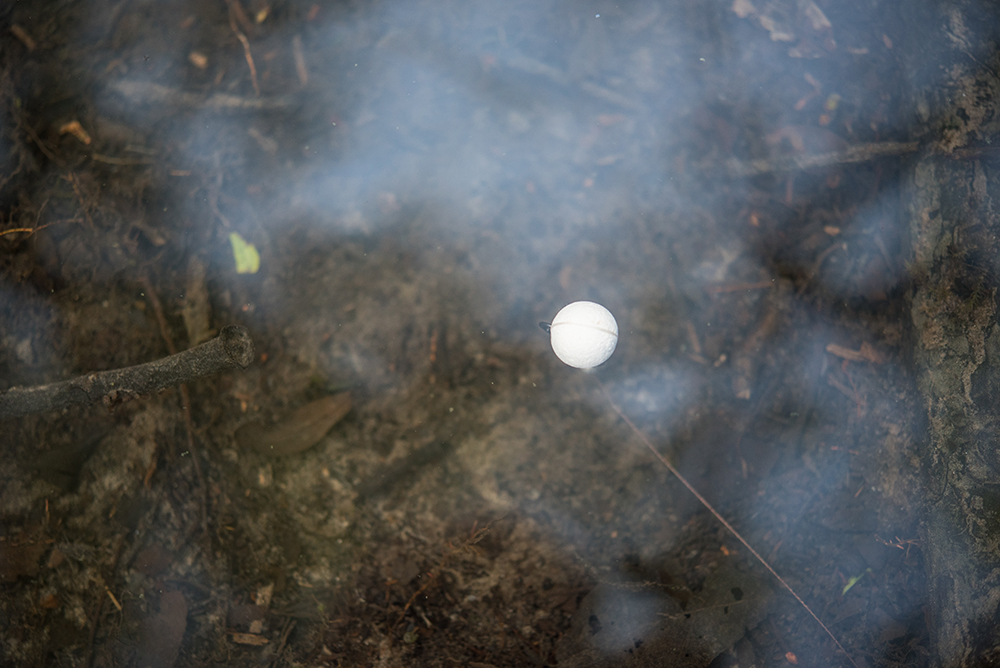The misconceived perception is that I invented the multi rig, but that simply isn’t true. I was shown the basics of the rig a long time ago by Dave Ball and he showed me it as he knew I liked fishing pop-ups. I started using it, tying it up and tweaking it back in the winter of 1990, and the beauty of changing your hook without tying a new hook link was very appealing. As the years passed and I continued to use it, eventually one of the carp publications featured it and that’s probably why the rig was associated or credited to me, even though I’ve never claimed to have invented the rig.


Regardless of all that, I’ve never been one to cry out for fame anyway so I’ll gladly say it’s not my invention, I have used the rig in every situation imaginable, with all manner of hook baits, hooks and materials. As the years passed and terminal tackle developed the components have changed but the same, changeable hook section with a looped material is still at the heart of the rig. Shortly before I started using it I caught a few fish from Wraysbury, but once I began to use it all of my Wraysbury fish from then on were caught on it. Since then I’ve been lucky enough to put my name to some incredible fish, all caught on the Multi Rig, The Mother, the Black Mirror, Heather, all the Manor fish, Richmond Park’s Royal Forty, you name it, I’ve caught it on this rig.
These days I use a chod style hook with a slightly out-turned eye, and with the addition of a 10mm piece of silicone tubing covering the eye, it causes the hook to sit in a great, aggressive angle while still retaining a large gape. Opposed to shrink tubing that you will have to replace each time you change the hook, the silicone tubing will slide on and off, keeping the advantageous, fast-change nature of the rig. Years ago people were using a long, straight super specialist and bending the shank with pliers. Although catch rates rose, the bent hook would often tear the flesh and as a result, the bent hook was banned and soon went out of favour due to the damage caused. The inclusion of the silicone does exactly the same thing as a bent hook, but will cause no damage due to it malleable, soft nature, but it still creates the flipping and turning required to give great hook holds. Apart from the additional silicone, the rig has seldom changed over the last 16 years, and I still have ultimate confidence fishing with it. I’ve fished bottom baits in silt, large double baits, strings of mini tigers and all manner of things on this rig, and a question I’m asked often is whether you can use it for bottom baits – you can, and I’ve caught plenty doing it.
For the mechanics, I’ve found that it’s very important to have the pop-up sitting directly above the hook if you’re fishing the rig off the deck. It not only hides the hook better from above but as the carp takes the bait it is less likely to feel the wire of the hook. Having the bait attached further along the shank prevents it from sitting too aggressively as well.
Step 01 - Take a 12" length of coasted braid
Step 02 - Make an over hand loop in one end of the braid

Step 03 - Use a chod style, out -turned eye hook like the Chodda
Step 04 - Trim you loop neatly as shown
Step 05 - Thread the loop through the hooks eye from front to backStep

06 - Put a small rig ring over the loop
Step 07 - Bend the loop of braid over the hooks point

Step 08 - Pull the braid back so the loop looks like this

Step 09 - Cut a 10mm piece of silicone tubing

Step 10 - Thread the tubing onto the end of the braid

Step 11 - Slide the silicone down and over the knot

Step 12 - Pull the silicone over the hooks eye to form the 'kicker' angler

Step 13 - Strip a small section of coating just below the knot and attach a BB shot

Step 14 - Form a loop in some bait floss, having passed through the rig ring

Step 15 - Form a second loop in the bait floss

Step 16 - Pass the tag end throug the two loops

Step 17 - Pull the bait floss tight and get a pop-up ready

Step 18 - Tighten the knot down onto the bait, ensuring the boilie is central
Step 19 - Add two further knots to secure the boilie in place

Step 20 - Trim and blob the two tag ends


